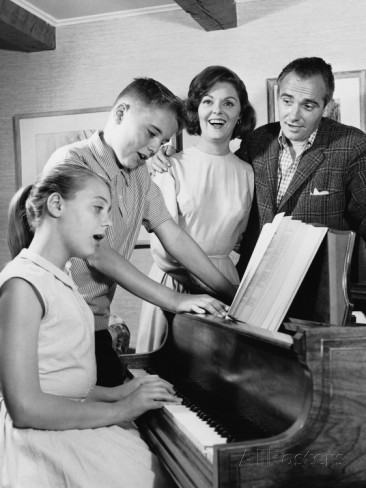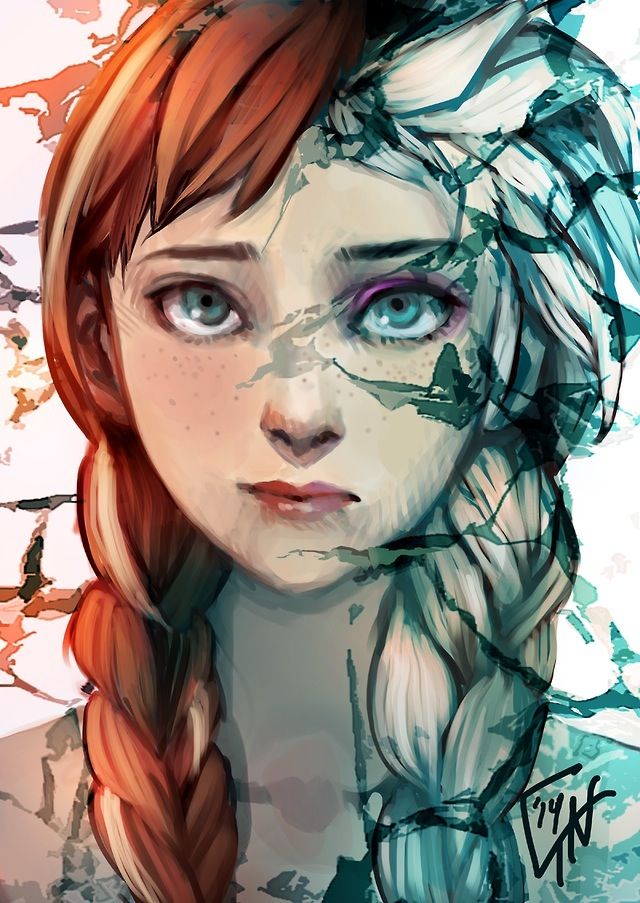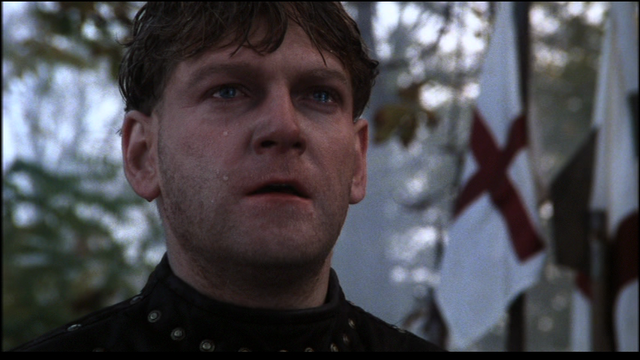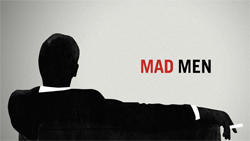Thoughts on Popular and Elite Culture as Art
A couple of days ago, Alastair Roberts (for whom I have the highest respect) and I got into a Twittercation. More of a thoughtful, good-natured Twargument. (Sorry—too long on Twitter, I’ll stop…the tw- thing, not Twitter). The argument was over a Wall Street Journal opinion piece about how people are taking popular culture too seriously nowadays, when actually, it’s formulaic, shallow, too accessible, and can never aspire to be Art (with a capital-freaking A). Only high art can do that. (Link here: https://www.wsj.com/articles/pop-culture8217s-limits-1386286048). It kind of rubbed me the wrong way, and I told Alastair so. It represented the kind of fuzzy-headed elitism that postures as serious thinking about culture.
on Twitter, I’ll stop…the tw- thing, not Twitter). The argument was over a Wall Street Journal opinion piece about how people are taking popular culture too seriously nowadays, when actually, it’s formulaic, shallow, too accessible, and can never aspire to be Art (with a capital-freaking A). Only high art can do that. (Link here: https://www.wsj.com/articles/pop-culture8217s-limits-1386286048). It kind of rubbed me the wrong way, and I told Alastair so. It represented the kind of fuzzy-headed elitism that postures as serious thinking about culture.
Alastair, being Alastair, pushed back. His argument was essentially (he said a lot more, but I believe this was the crux) that the patron-based funding structure of high art affords more imaginative freedom, whereas popular culture is driven by profit and concerns for public taste. It remains in an imaginative straightjacket, and therefore conforms our minds to the already existing vox populi.
I responded. A lot of shoot-from-the-hip stuff. I said his (and the WSJ’s) definition was far too narrow, equating it with commercial popular culture. There’s a lot more going on, amateur stuff on Youtube, for instance.
On further reflection, I found there’s more to say, and Twitter is a weird platform for saying it. So instead of a tweet-storm, here’s a paragraph or two:
 1. I do believe that a lot of popular culture happens at the margins. Alasdair lamented the loss of amateur culture-making (a family singing round the piano, friends jamming at their local pub). That still happens, but he’s right. Traditional amateur culture-making has been revolutionized by contemporary popular culture. Families still gather, friends still jam, but not in the numbers as they once used to. Instead, there has been a shift towards fan-creativity. It’s one of my areas of interest, and I find it fascinating, so much creativity poured into fan-art, fan-fiction, videos, fan-produced continuations of cancelled series, cosplay, none of it shackled to commercial concerns. These are labors of love, gifts to the community. The traditionalists may not like it, but
1. I do believe that a lot of popular culture happens at the margins. Alasdair lamented the loss of amateur culture-making (a family singing round the piano, friends jamming at their local pub). That still happens, but he’s right. Traditional amateur culture-making has been revolutionized by contemporary popular culture. Families still gather, friends still jam, but not in the numbers as they once used to. Instead, there has been a shift towards fan-creativity. It’s one of my areas of interest, and I find it fascinating, so much creativity poured into fan-art, fan-fiction, videos, fan-produced continuations of cancelled series, cosplay, none of it shackled to commercial concerns. These are labors of love, gifts to the community. The traditionalists may not like it, but  here is where amateur culture-making thrives. It seems a weird stretch to call it “folk culture”—can there even be an internet folk culture? It seems to make more sense to call it popular culture in the truest sense of the word.
here is where amateur culture-making thrives. It seems a weird stretch to call it “folk culture”—can there even be an internet folk culture? It seems to make more sense to call it popular culture in the truest sense of the word.
2. Now about the quality of commercial popular culture, I have a few thoughts. First, to hear the elitist defenders of high art tell it, patronage meant freedom. This is patently
untrue. There were always expectations and constraints placed upon the protégé, the artist who receives the money.
.jpg)
There’s a New Yorker cartoon I remember of a Renaissance king looking at a portrait of himself surrounded by heavenly glory. He turns to the harried looking artist and, scowling, says, “Give me more angels. And make them
happier to see me!” There might not have been those sorts of overt conversations (or there may have been), but can we be so sure that young
King Hal’s prayers and “contrite tears” regarding his father’s usurpation on the eve of the Battle of Agincourt in Shakespeare’s

Henry V were due to the Bard’s piety rather than a desire not to cross the crown? Even modern systems of patronage—the museum, the university—impose ideological expectations. Some works are weeded out because they are unseemly to modern sensibilities. This is how patronage works. So to present high art as somehow magically free from constraint compared to popular culture is a myth.
Conversely, popular culture has flourished in some areas precisely because things have loosened up considerable regarding funding structures. The much-talked about Golden  Age of Television (which is happening now) started with HBO’s decision to hire talented writers and showrunners, and then let them do their thing with minimal interference from above. And the model spread. Popular music has an overabundance of talented musicians who are getting heard because of social media and artist-driven distribution channels. Arts of all kinds are being funded through crowdfunding sites like Patreon and Artistshare. In a sense, there has never been more
Age of Television (which is happening now) started with HBO’s decision to hire talented writers and showrunners, and then let them do their thing with minimal interference from above. And the model spread. Popular music has an overabundance of talented musicians who are getting heard because of social media and artist-driven distribution channels. Arts of all kinds are being funded through crowdfunding sites like Patreon and Artistshare. In a sense, there has never been more freedom for the emerging artist to put him or herself out there and try to make a career.
freedom for the emerging artist to put him or herself out there and try to make a career.
For all these reasons, I reject the notion that high art is some special preserve of artistic integrity and freedom, while popular culture is simply a slave to the public. On average, you’ll find a lot of pandering going on in popular culture, but you’ll find a more elite pandering going on in popular culture. There’s trash and treasure to be found in both, and cherry-picking examples helps no one. We should get used to the idea: popular culture can be every bit as much an art form as high art can be. Here’s the difference: popular cultural art slips into the dreams and desires of everyone around. In terms of cultural impact, popular culture’s calling the shots. That may not sit well with some (elitists, traditionalists, Christians). But for those of us who want insight into the imaginary landscape that dwells in our neighbors’ hearts, we’ll just have to deal with it.
Recent comments
7 years 25 weeks ago
8 years 37 weeks ago
9 years 2 weeks ago
9 years 2 weeks ago
9 years 5 weeks ago
9 years 13 weeks ago
9 years 15 weeks ago
9 years 41 weeks ago
10 years 3 weeks ago
10 years 32 weeks ago